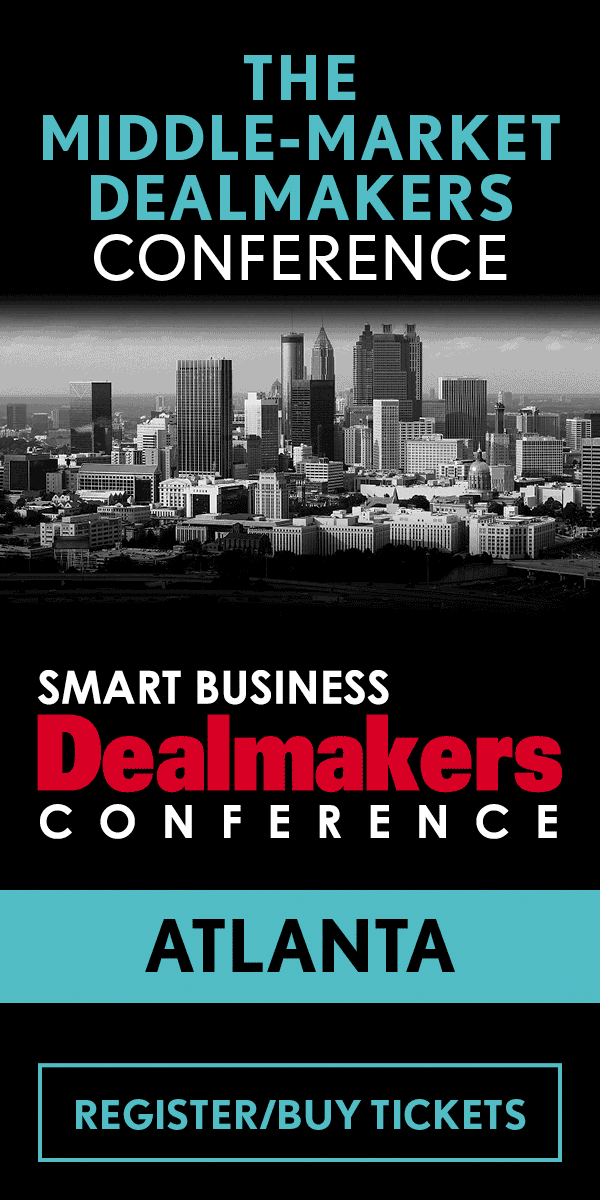When Mike Baird first took his company to market some 10-12 years ago, it didn’t go well.
“I was very unprepared at the time,” says Baird, today an investor and board member with Baird Properties and Investments. “I did some things over the course of 10 years that helped get us ready.”
Getting ready, he says, required substantial investments. Those manifested in technology, an expansion of its services, support for strategic acquisitions and more. It also required some new leadership and guidance to grow from startup to a midsized company.
KMPH Real Estate President John Mastrantoni’s situation was more difficult, he says.
“Our challenge was that the goal was to stay independent,” Mastrantoni says. “We didn't want to sell the company.”
From the time he took over the business in 2002 to 2015, the company had grown its revenue significantly — by about five times. He thought the team he put together was going to buy the company, and that would be the transition plan. But, he says, he recognized that businesses outgrow people — it outgrows their skill base, their energy levels. That led him to realize that in order to protect the organization, he couldn't sell it internally. Instead, he had to go outside the company and go to market through private equity or an investment banker. But those weren’t the only considerations.
“There's certainly a lot of factors that go into deciding when you go to market,” Mastrantoni says. “Obviously you've got many personal reasons, and then you've got the dynamics of the marketplace.”
To the latter, he says a sale can be driven by a number of reasons. Taxes, for instance, have driven people to think about selling sooner than later. It could also be an opportunity to get ahead of the consolidation that's going on in many industries, or to be the one doing the consolidating.
“Most markets are consolidating,” he says. “And if you're not a leader, you're going to be a follower. I'd rather be a fast follower than the last guy standing. Sometimes it's hard to acknowledge the fact that markets are changing. But the faster you can get on board as to what's happening in your market segment, the faster you can decide where do you want to be in that food chain?”
Mastrantoni says his company had very good CFO who was also a partner in the organization, which meant from a financial perspective the company had its “i”s dotted and its “t”s crossed. That meant it was ready to go to market the day they decided to go to market. But there were some other things that helped. For instance, having a quality of earnings statement done, normalizing earnings in a way that's meaningful, having a good understanding of the company’s concentration of business. But most of the company’s deal prep was inherent because of the organization’s strong discipline to its financials.
“We were pretty much ready to go almost from day one,” he says. “In the beginning, I thought everyone was like that. Now that I'm on the buy side, I'm realizing that many people just don't really have a good handle on where their business is from a financial perspective and need a lot of assistance and guidance to get ready to go to market.”
Baird and Mastrantoni, along with Barnes Wendling Director Floyd Trouten and Ulmer & Berne LLP Partner and Vice-Chair of Business Department David Black spoke at the recent Cleveland Smart Business Dealmakers Conference about ways to strengthen the core of your business by addressing common challenges faced by middle market companies. Hit play on the video above to catch the full conversation.



